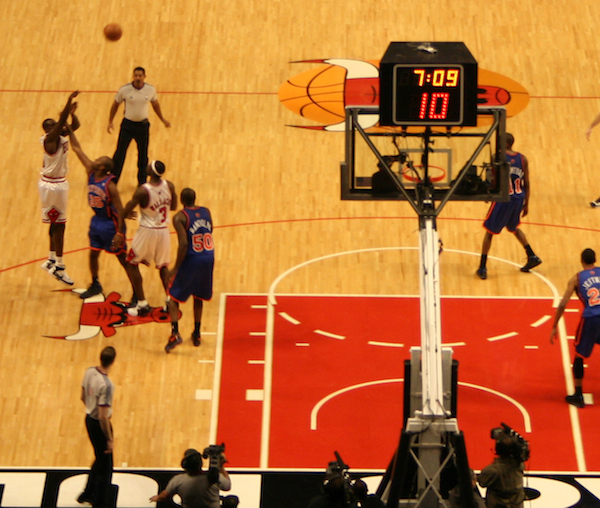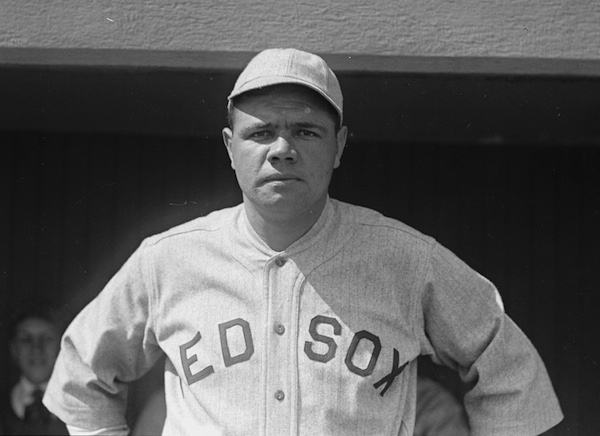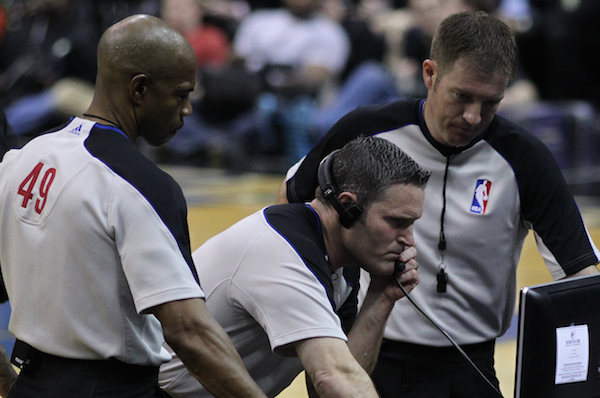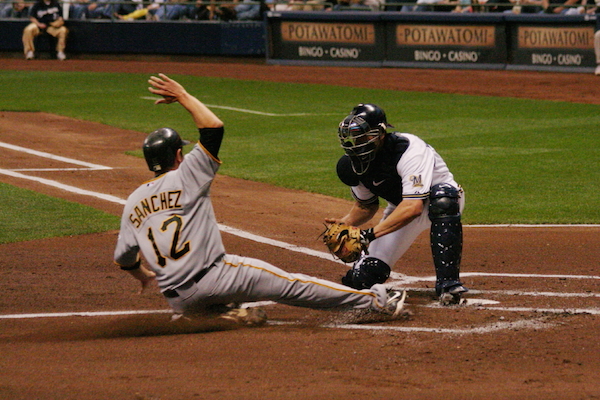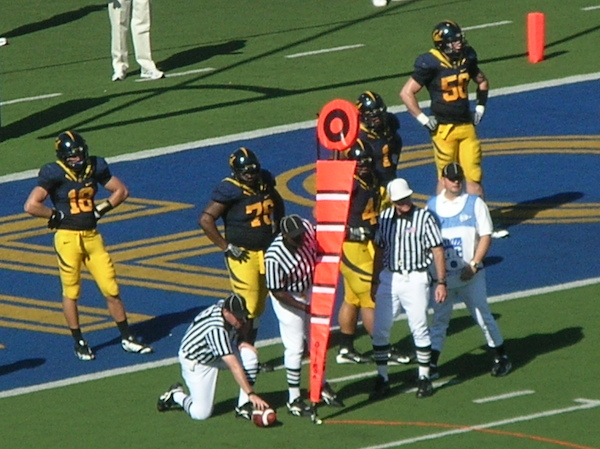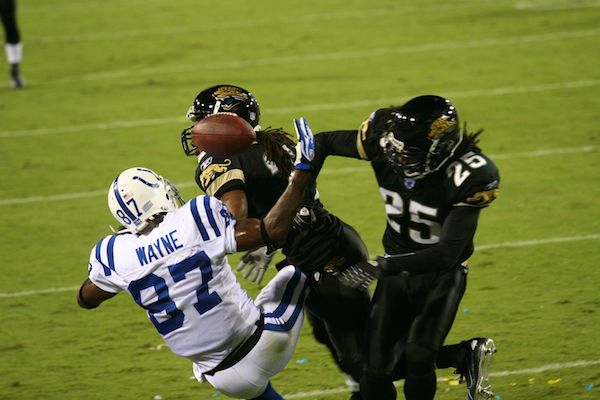Dear Sports Fan,
I’ve played on a U-14 girls lacrosse team for 2 years, but I’ve never really understood rules on shooting space, and checking (un-modified), mind helping me out?
Thanks,
Alana
Dear Alana,
Great questions! It’s kind of thrilling to know that the feeling, familiar to many viewers, of watching a sport and being unclear about the rules is even a feeling some of the players have! There’s nothing to be ashamed of — even professional athletes are sometimes confused about the rules, like Donovan McNabb, a quarterback in the NFL who famously did not try very hard at the end of overtime because he thought that if the game was tied at the end of one overtime, they would just play another instead of the game ending in a tie… which it does.
Anyway, I did some research on the two rules you asked about and there is a theme that runs through both rules. Both rules are about keeping players safe. The shooting space rule is an attempt to avoid having players put themselves in danger and the checking rule is put in place to keep players from endangering each other. Let’s dig into them.
A shooting space foul according to westportpal.org is called when “a defender moves in at a bad angle on the offender while shooting in the 8 meter arc. This is a dangerous play by the defender.” Well okay, what is a bad angle? Let’s go to Wikipedia which clears it up a bit. Wikipedia explains that this bad angle is one that “makes the defender at risk of being hit by the ball if the offender were to shoot.” Basically, it is illegal for a player to put themselves in a situation that makes them very likely to be hurt. Other sports have similar “dangerous play” rules. In most soccer leagues, there is a rule against any play that endangers the person doing it or anyone else on the field. This is most often applied when a player lies on top of the ball which prevents an opponent from “playing the ball [for] fear of injuring the player lying on top of the ball.” Ice hockey seems to be governed by the exact opposite spirit. Players who endanger themselves or their teammates are open to being hit with pucks, sticks, shoulders, fists, etc. in all sorts of completely legal ways. Hockey players who are hurt in these situations are often also subjected to fierce criticism in the media for not protecting themselves.
If lacrosse goes to such a length to prevent players putting themselves at risk for injury, you would imagine they are at least as concerned with players endangering each other. They are! There are a set of rules that control how a player is allowed to check (try to get the ball from) another player. A player can only use the side of their stick, not the flat part of the head. Players can not wind up to check another player, instead checking should be done with “controlled, short, quick taps.” The last bit, and this is probably the hardest to judge and control is that a player “may only check if the check is directed away from the ball carrier’s head.” This all makes sense if the goal is to avoid injury. Allowing players to wind up would surely lead to sticks being swung much harder at one another. Mandating that checks only be directed away from the body of the person being checked means that even if someone were to really swing their stick with a lot of force, that force would carry their stick, their opponents stick, and the ball safely away from the person being checked as opposed to right into them.
Modified checking which you mention in your question, is a rule used usually with younger kids that makes it illegal to attempt a check at head level. This seems moderately wise if you’re going to give 12 year-olds weapons. The advantage that this creates for the offensive player is offset by requiring them to pass or shoot the ball within three seconds if a defender is covering them closely enough that they could check them if it weren’t for the modified checking rule.
Good luck playing! Remember to check with the side of your stick away from your opponent’s head. And don’t try to block a shot within 8 meters of the goal!
Thanks for reading,
Ezra Fischer


